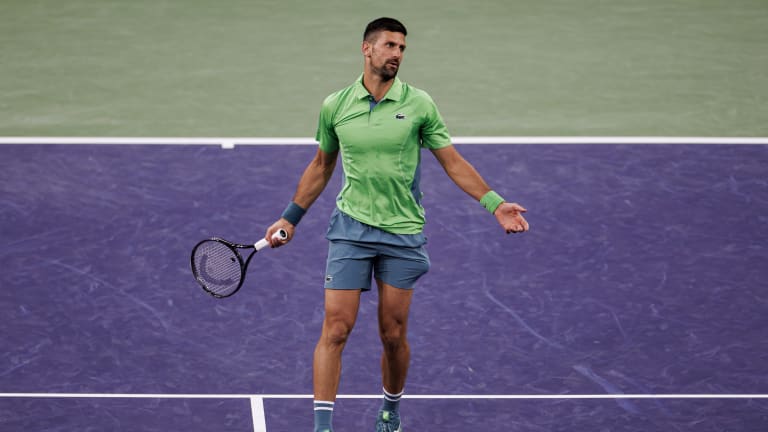Sunshine Swing in Review
What can we learn from the efforts of both the ATP's young and old guard in the Sunshine Swing?
By Apr 01, 2024Sunshine Swing in Review
The WTA's Sunshine Swing proved that slight shifts can bring results, and that opportunity still knocks
By Apr 01, 2024Next Gen ATP Finals
With Rafael Nadal watching on, Learner Tien wins Next Gen ATP Finals
By Dec 21, 2025Unsung Heroes
Oft a foil for flashier players, can Karen Khachanov be a main character in 2026?
By Dec 21, 2025Next Gen ATP Finals
Rafael Nadal, ambassador for the Saudi Tennis Federation, returns to Next Gen ATP Finals
By Dec 21, 2025Next Gen ATP Finals
Learner Tien looks for revenge, in two ways, in the Next Gen ATP Finals title match
By Dec 20, 2025ATP Challenger Tour
Tenerife set to once again be a standout stop on the 2026 ATP Challenger Tour
By Dec 20, 2025Player News
"One last push": Stan Wawrinka confirms 2026 will be final season
By Dec 20, 2025Next Gen ATP Finals
Nishesh Basavareddy advances at Next Gen Finals with Gilles Cervara in his corner
By Dec 19, 2025The Business of Tennis
Naomi Osaka is leaving the sports agency she co-founded
By Dec 19, 2025What can we learn from the efforts of both the ATP's young and old guard in the Sunshine Swing?
The future of the game is taking shape, in more ways than one.
Published Apr 01, 2024
Advertising
Advertising

Djokovic's return to the Sunshine Swing was cut short in a shock third-round Indian Wells loss; he withdrew from Miami.
© © TENNIS PHOTO NETWORK